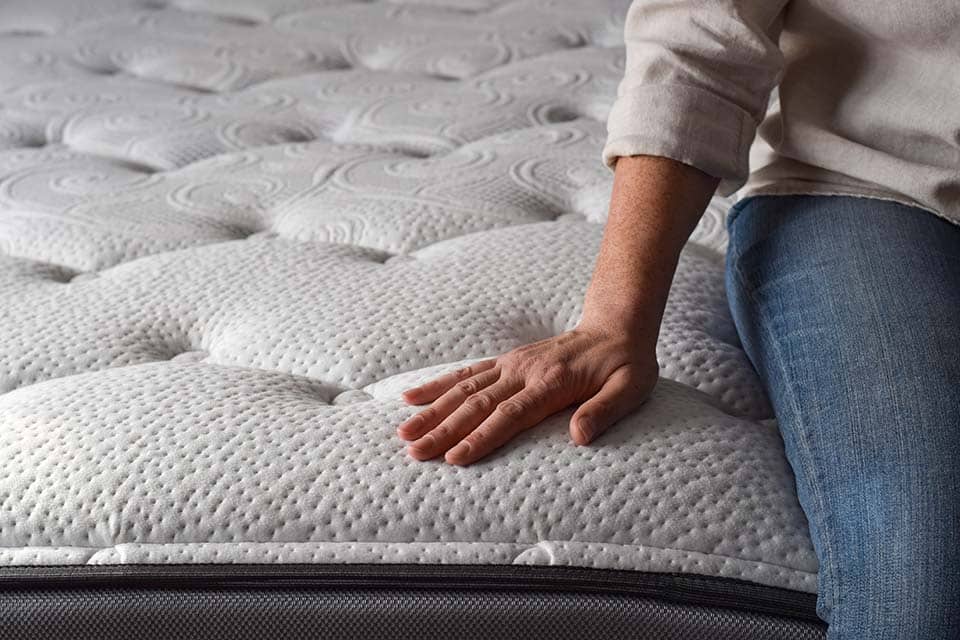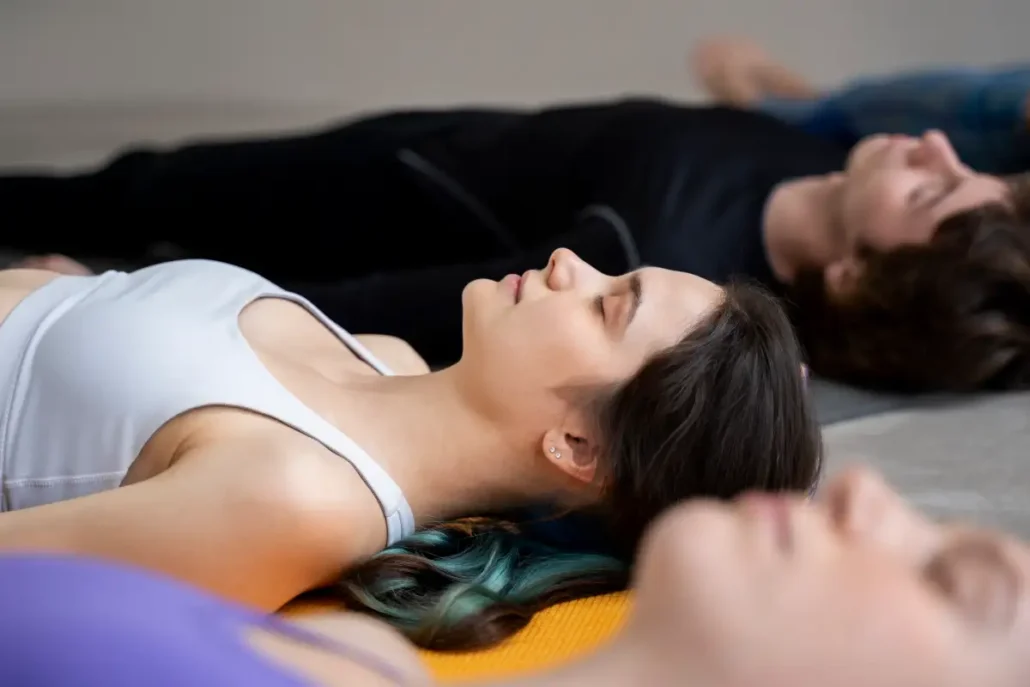Noise Colors Explained: Your Guide to White, Pink, Brown, and Beyond
Discover Soundscapes That Can Transform Your Sleep Experience
Creating a peaceful sleep environment can be challenging in a world filled with environmental noise. However, not all sounds disrupt our slumber; certain “noise colors” can enhance relaxation and improve sleep quality. From the soothing tones of pink noise to the deeper depths of brown noise, these unique sound frequencies can help mask distractions and promote a calming atmosphere.
In this blog, we’ll delve into the potential of different noise colors to transform your bedtime routine. By understanding their benefits and how to use them, you can unlock restful nights and rejuvenated mornings. Get ready to discover the auditory tools that may revolutionize your sleep!
Understanding Noise Colors
This blog will focus on the difference between “sound” and “noise” from the listeners’ perspective. Sound is the vibrations that travel through the air that we hear. Noise is generally defined as unwanted sound that can disturb our circadian rhythm, negatively impact sleep quality, or cause stress and anxiety.
Not all noise is unwanted, harmful, or disruptive. Many can benefit our sleep. These include nature sounds, specific frequencies, and therapeutic noise, a type of sound therapy. Therapeutic noise includes noise colors that can reduce stress, promote relaxation, enhance focus, and block out tinnitus—all of which can help us sleep better.
Different noise colors come through as sounds along a frequency spectrum. The most common color noises are white, brown, and pink. Let’s take a look at each of these—and touch on a few more!
Drown Out Sounds with White Noise
Our ears detect sounds in frequencies ranging from 20 Hertz (Hz) to 20,000 Hz. White noise is distributed equally across the spectrum, and typically has a static sound like the fuzz of a TV or a fan. White noise can block out unwanted environmental sounds like traffic, barking dogs, loud music—or even your partner’s snoring.
Playing white noise makes it easier to relax at bedtime and creates a calmer sleep environment that is more conducive to sleep. When using a white noise machine, Harvard physicians recommend placing it in the corner of the bedroom and turning it on right before getting in bed.
Pink Noise for Improved Sleep Quality
Pink noise operates on a lower frequency than white noise with deeper sounds and lower sound waves. Think of it as constant background sounds that filter out distractions. Instead of hearing someone talking or a TV in another room, pink noise creates a more relaxing, lower-frequency sound that filters out higher sounds. Pink noise commonly includes:
- Ocean Waves
- Rushing Water
- Leaves Rustling
- Light, Steady, Rainfall
Using pink noise continually can signal your brain that it’s time to sleep. Research also shows that pink noise can increase the time spent in deep sleep in older adults by enhancing brain activity during the associated sleep phases. This makes pink noise beneficial for improved sleep quality.
Sleep expert Michelle Drerup of the Cleveland Clinic says that using—or at least trying—pink noise for sleep isn’t a concern for most people. However, those with hearing loss or sound sensitivity might find pink noise frustrating. As far as preferences in volume and the use of earbuds or sound machines, she said it’s a matter of personal preference.
Using Brown Noise to Relax
Brown noise is slightly more complex than white or pink noise. It’s a combination of all the frequencies our ears pick up similar to white noise. The difference is that the deeper and lower frequencies come through louder while the higher frequencies are softer.
Thus, brown noise sounds more balanced, softer, and calmer than white or pink noise. Examples include:
- Crashing Waves
- Rushing, Steady Waterfalls or Rivers
- Rumbling Thunder
- Heavy Rainfall
- Heavy Winds
Current research lacks evidence of the impact of brown noise on sleep. That hasn’t stopped social media influencers and their followers from touting brown noise as a sleep aid and a tool to enhance focus. Scientists are still researching the benefits, but caution that it will be a while before the use of brown noise becomes more than a societal trend.
Other Beneficial Noise Colors for Sleep
Undoubtedly, white, pink, and brown are the most common noise colors for sleep. Let’s take a look at a few lesser-known color options.
- Green noise falls in the middle of the frequency spectrum and can be soothing for many people. Think of it like the sound of a gently flowing stream or the feeling of a weighted blanket.
- Blue noise emphasizes the higher frequencies on the spectrum making it a good option for people who prefer higher-pitched sound. Blue noise is described as bright or crisp and can lessen the harshness of loud noises.
- Violet noise, or purple noise, is a higher frequency than blue noise and has the highest pitch, like a sizzle or hiss. Healthcare professionals often treat tinnitus (ringing in the ear) with violet noise.
- Grey noise is more balanced than white noise because it produces sound at the higher and lower frequencies, not in the middle. Grey noise can sound like the rumbling of thunder or a waterfall but at a distance.
Drift to Sleep with Colored Noise
While researchers might not have enough evidence to prove that noise colors help us sleep, it’s easy to decide for ourselves. There’s no shortage of color noise apps or YouTube videos that lull us to sleep—or help us fall back to sleep.
Do you have a condition that makes hearing noise or getting quality sleep difficult? Check with your doctor or organizations that help with your condition. For example, the American Tinnitus Association has a masking sound library with noise tracks for sleep and work.
With a sound machine, app, or whatever you choose for noise, you have the power to choose between noise frequencies and colors. Experimenting with different noise colors is the best way to determine what works best for you. Whether it’s white, pink, brown, green, blue, violet, or grey, or even the absence of sound (black), you’re in control of your sleep environment!



